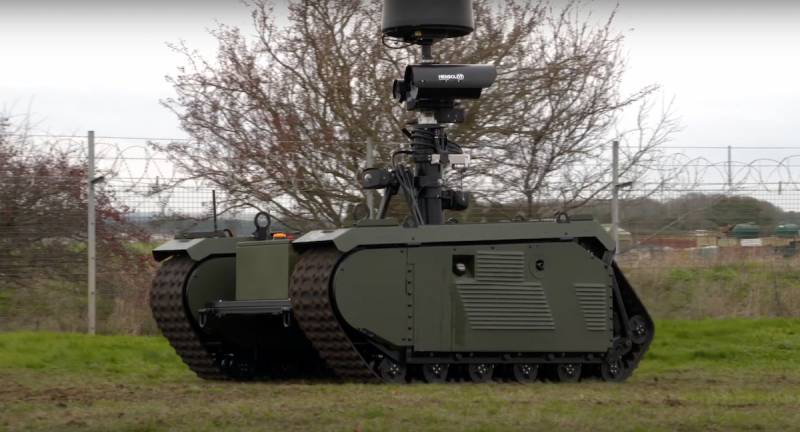The publication from the United States considers robots a promising way to deal with Russian tanks
The United States has long been considering the concept of robotic tanks. However, recently the emphasis has shifted from heavy machines to light robotic systems.
In response, the Russians opened fire in an ambush from 125-mm guns, after which they covered it with volleys of MLRS. But when the Russian troops, carefully moving between the smoldering stumps of the trees, approach the firing point, they do not find the bodies. Instead, the Russians discover one burned-out vehicle the size of a golf cart, equipped with a rocket launcher, but without a crew.
- This is how the American publication describes the potential battle with the use of robotic systems.
While working on a project, its concept often undergoes changes. Initially, the US Armed Forces sought to create robotic unmanned tanks. However, later the emphasis shifted.
The transport robot has become a killer robot
Example: the fruit of collaboration between five companies, the Titan robot. Created by QinetiQ North America and Estonia-based Milrem Robotics, it was equipped with armory the Kongsberg platform, which launched several Javelin ATGMs for testing, which, in turn, were jointly developed by Lockheed Martin and Raytheon.
Crawler Titan, weighing about a ton, was originally intended for the transport of land forces. Fire is conducted through remote control. In addition, the system cannot recharge.
- they are optimistically adding to BreakingDefense, however, emphasizing that this robot is not a competitor to the 70-tonne M1 tank and its 120-mm smoothbore guns, the speed of which no existing active defense system can stop.
The Pentagon is currently not interested in the robotic Abrams, at least in the near future. Instead, he focuses on lighter, 5-, 10- and 20-ton machines, which allows them to play completely different tactical roles. Their Americans are going to experience in the coming 3-5 years.
- writes the edition.

Information